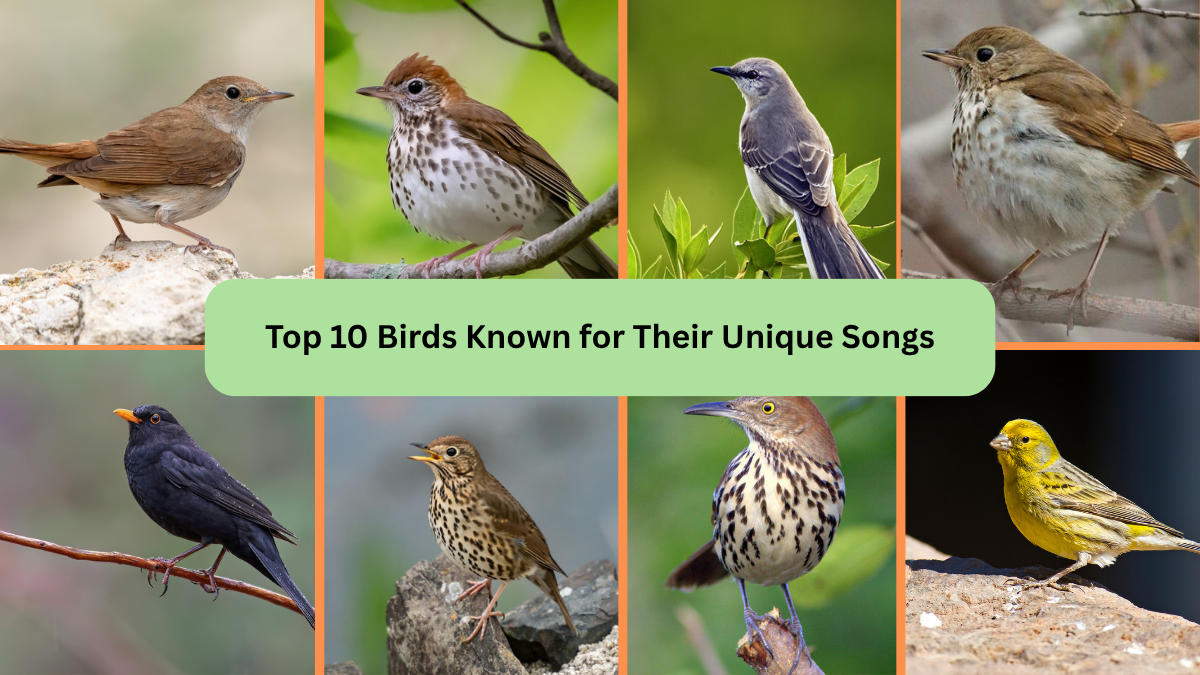Nature’s most enchanting melodies often come from the treetops. Across the globe, birds have evolved a remarkable range of songs — from haunting whistles to complex symphonies. Some use their voices to claim territory, attract mates, or communicate with their flocks, while others simply fill the air with sweet, soothing notes. In this article, we’ll introduce you to ten of the world’s most famous birds known for their unique and beautiful songs that continue to captivate birdwatchers and nature lovers alike.
1. Nightingale (Luscinia megarhynchos)

The nightingale has enchanted poets, musicians, and nature enthusiasts for centuries. Famous for its rich, powerful, and varied song, this small bird can produce over 200 different melodies. Males sing mostly at night during breeding season, filling quiet, moonlit landscapes with cascading whistles, trills, and warbles. Native to Europe, Asia, and North Africa, the nightingale’s song is considered one of the most beautiful in the natural world. Its musical abilities and emotional, melancholic tones have made it a symbol of love and longing in literature and folklore.
2. Lyrebird (Menura)
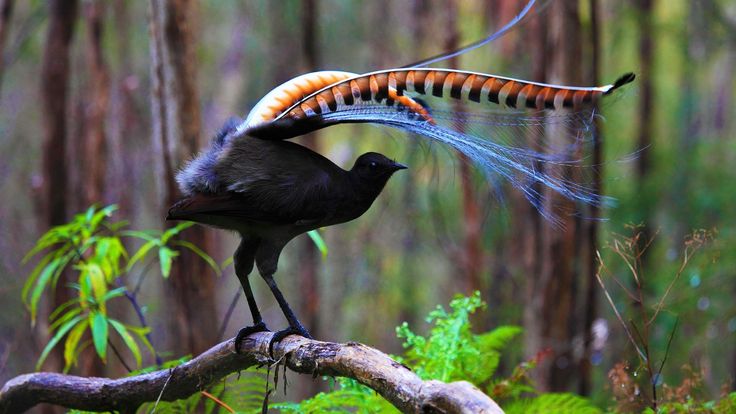
Native to Australia, the lyrebird is perhaps the most impressive mimic in the avian world. These extraordinary birds can imitate not only the songs of other birds but also artificial sounds like chainsaws, camera shutters, and car alarms. Male lyrebirds create complex songs during courtship displays, incorporating a medley of mimicked calls and original notes. Their elaborate tail feathers, shaped like a lyre, fan out during performances. The lyrebird’s unmatched vocal range and ability to replicate nearly any sound in its environment have earned it global fame.
3. Wood Thrush (Hylocichla mustelina)

Renowned for its ethereal, flute-like song, the Wood Thrush is a beloved songbird of North American forests. Its clear, bell-like notes are delivered in pairs or triplets, often with a haunting echo. Males sing primarily at dawn and dusk to establish territory and attract mates. Studies have shown that Wood Thrushes with more complex songs tend to have better health and stronger immune systems. Sadly, habitat loss has led to declining numbers, making the preservation of their enchanting voices even more important.
4. Mockingbird (Mimus polyglottos)
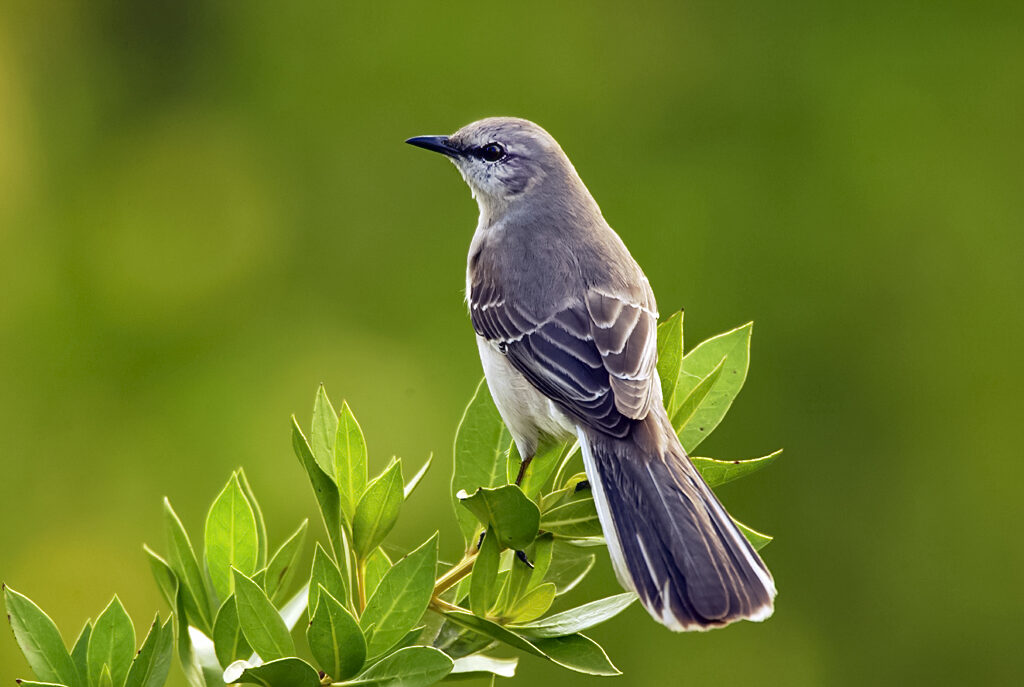
Famous for their vast vocal range, Northern Mockingbirds can imitate the songs of other birds, insects, and even mechanical sounds. A single mockingbird can learn up to 200 different songs in its lifetime. Native to North America, these birds sing throughout the day and night, especially during the spring breeding season. Males use their vocal versatility to defend territory and woo potential mates. Their lively, endlessly varied songs have earned them a celebrated place in American folklore and even inspired a classic novel title.
5. European Blackbird (Turdus merula)
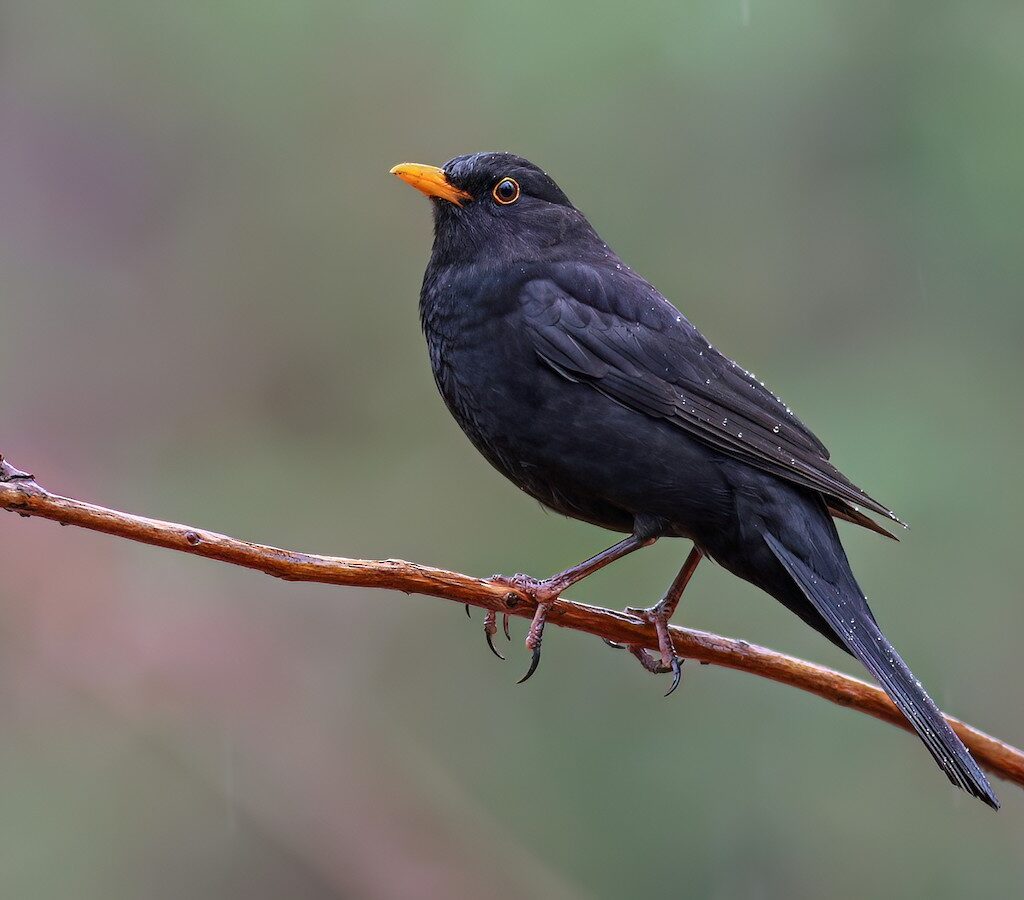
The mellow, melodious song of the European Blackbird is a cherished sound in parks, gardens, and woodlands across Europe. Males begin singing early in the morning, especially during the breeding season, producing a series of rich, flute-like notes and warbling phrases. Each blackbird has a unique song, and older birds often have more complex repertoires. Their beautiful dawn chorus performances mark the arrival of spring and have made them a favorite subject for poets and songwriters throughout history.
6. Hermit Thrush (Catharus guttatus)
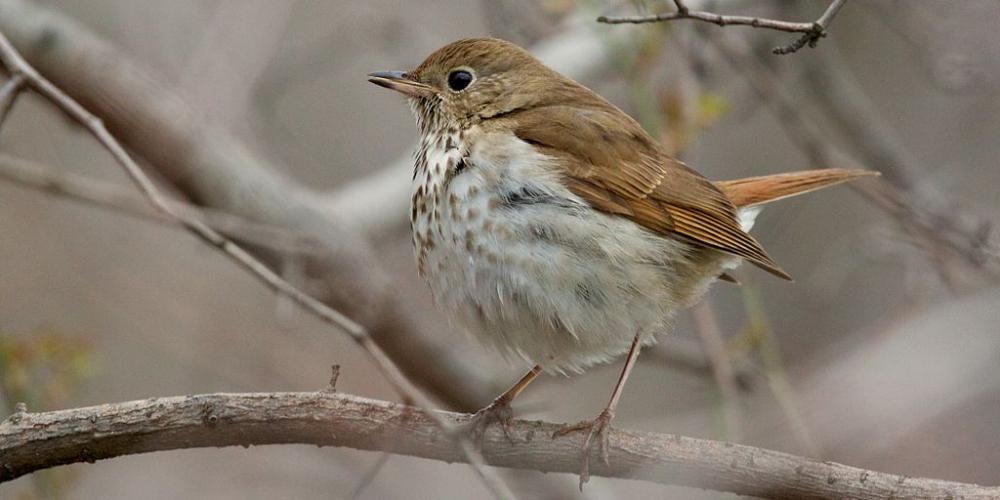
Often regarded as North America’s finest songster, the Hermit Thrush produces a delicate, flute-like song that echoes through quiet forest glades. Each note seems to ring in the air, rising and falling in a graceful, ethereal pattern. Males sing primarily at dawn and dusk, especially during spring and summer. Native American folklore holds the Hermit Thrush’s song as a sacred gift to the forest. Its pure, haunting melody is so striking that it has inspired composers and writers alike.
7. Song Thrush (Turdus philomelos)

The Song Thrush, a relative of the blackbird, is known for its clear, repeated musical phrases. Found across Europe, parts of Asia, and North Africa, the male Song Thrush repeats each phrase two to four times before moving to the next, creating a distinctive pattern in its song. This repetition makes it easily recognizable in gardens and woodlands. Its lively, rich notes have earned it a reputation as one of the best songbirds in temperate regions, brightening dawn and dusk with its joyful tunes.
8. Common Nightjar (Caprimulgus europaeus)
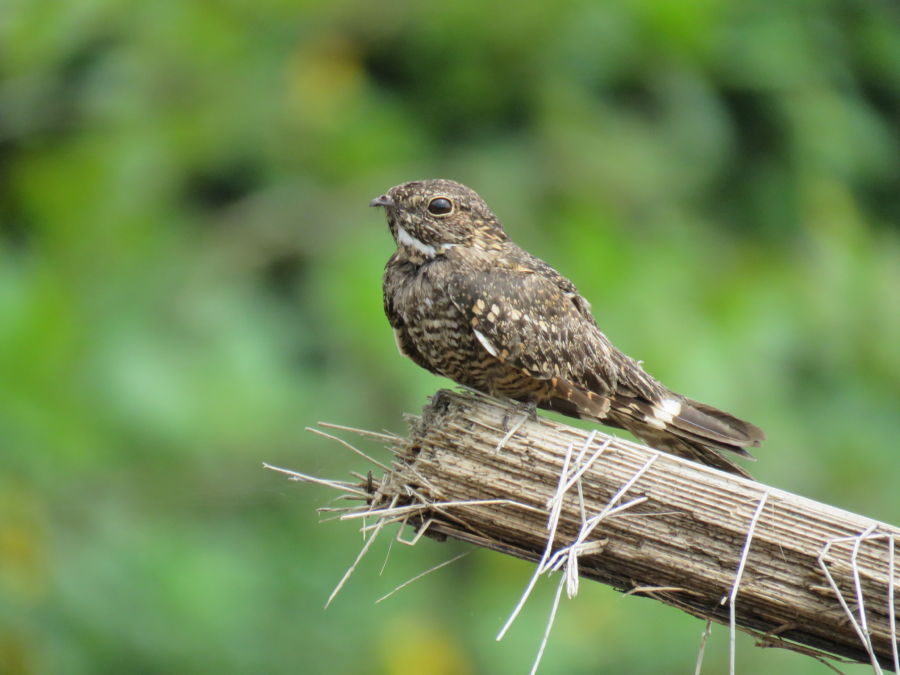
The Common Nightjar has a unique and mystical song unlike any other bird. Known for its continuous, mechanical-sounding “churring” call, which can last for minutes without pause, the nightjar’s nocturnal serenade fills summer evenings in woodlands and heathlands across Europe and Asia. During courtship, males add sharp wing claps and melodious whistles to their repertoire. The haunting, rhythmic quality of their call has inspired folklore associating the bird with the supernatural, and hearing it is considered a quintessential part of midsummer nights in the countryside.
9. Canary (Serinus canaria)

Domesticated for centuries, the Canary is famous for its clear, cheerful song. Wild Canaries hail from the Canary Islands, Azores, and Madeira, but domestic breeds have been specially raised for their vocal abilities. Male Canaries sing elaborate melodies made up of trills, warbles, and chirps, often used as a measure of their quality in bird shows. Their sweet, lively tunes have brightened homes and gardens since the 17th century and remain a symbol of happiness and charm in birdkeeping traditions.
10. Brown Thrasher (Toxostoma rufum)
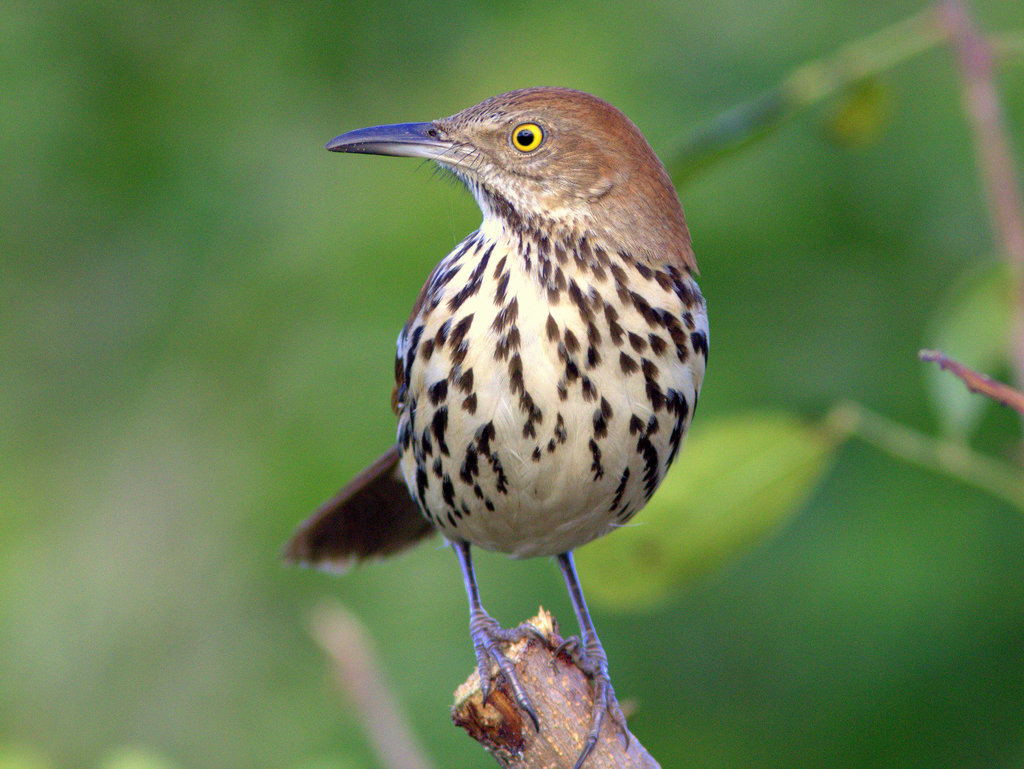
The Brown Thrasher, native to North America, is one of the most accomplished avian vocalists, capable of producing over 1,000 song types. Males sing a wide range of phrases, often repeating each twice before moving to the next. Their songs mix original notes with mimicked sounds from other birds and the environment. Thrashers are known for their loud, energetic performances from treetops during spring and early summer. Despite their shy, elusive nature, their distinctive and varied songs make them easy to detect in dense thickets and gardens.
Conclusion
From the mystical nightjar to the masterful mockingbird and the poetic nightingale, these ten birds turn nature into a living symphony. Their songs are more than just beautiful sounds — they tell stories, defend territories, and celebrate life’s most important moments. Whether echoing through forests at dawn or serenading moonlit nights, these feathered performers remind us of the extraordinary beauty and artistry found in the natural world.
